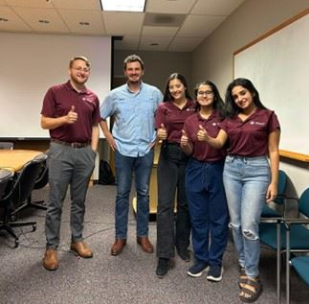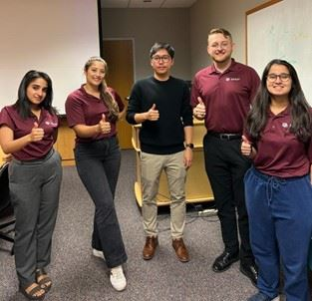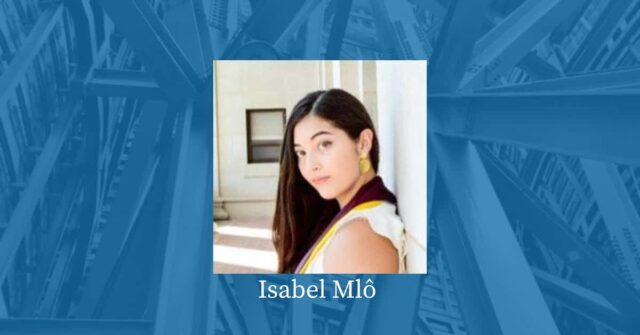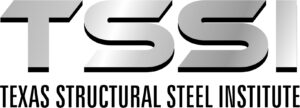In the month of October, SEAoT-TAMU had the pleasure of hosting Cole Weinberger from MiTek and
Justin Kim from BakerRisk. Cole Weinberger is a Design Engagement Consultant at MiTek and holds a
Bachelor of Science in Chemical Engineering from Clemson University. He has played an integral role in all areas of the development of MiTek wood trusses, from raw material procurement and manufacturing to installation on job sites. Additionally, he has served on various code development committees, including ASTM and ICC.
Cole presented on ‘How Open Web Floor Trusses Optimize Wood Construction’. He explained that many
of the contractors and MEP engineers he has worked with prefer working with trusses as opposed to the
traditional ‘stick frame’ method. Contractors like the steep decrease in construction time and the room for
additional insulation. The MEP engineers enjoy the ease of duct installation through the openings of the trusses. Other advantages of trusses include reduced sound transmissibility, options to incorporate pocket
beams in long spans, and reduced vibrations and deflection. In September of this year, ‘Framing the American Dream,’ a sponsored comparison of differentconstruction techniques, took place south of Austin, TX. Not only did truss framing take significantly less time than the stick framed house, but it also produced less waste in the process. While there is a special topics course at Texas A&M on timber construction, most of the students present were unfamiliar with the intricacies of prefabricated trusses and were thus very receptive to Cole’s presentation.
To close out the month of October, Justin Kim from BakerRisk presented ‘Introduction to Explosives Safety
Design Criteria’. Justin is a Project I Consultant in the Protective Structures Group at BakerRisk. He received both his B.S. and M.S. in Structural Engineering from Texas A&M. Since then, Justin has worked on various projects focusing on the blast analysis and design of buildings. BakerRisk has a large scope of work including process safety, chemistry and dynamics of blast effects, material investigations, and the
development of protective structures. Justin explained that his work ranges quite drastically from counterterrorism projects to risk assessment of accidental toxic release, fires, and blasts. Our members were surprised to hear that even large grocery stores and warehouses are considered due to large quantities of flammable ammonia refrigerant which is used to keep fresh food cool. Justin detailed the different types of explosives, the different categories of high explosives, and the primary factors of each that govern the design blast loads to be used. While blast dynamics can be quite complex, it is not unusual to use an idealized model that consists of a large incident pressure and a linear delay thereafter. To finish, Justin gave a summary of protective design criteria that included but was not limited to: quantity-distance criteria, resistance to confined and unconfined explosions, pushover analysis, and the level of protection as defined by the Unified Facilities Criteria (UFC). Impulsive loads are briefly discussed in the graduate Structural Dynamics course at Texas A&M, but our members greatly benefited from Justin’s detailed presentation. The students also enjoyed getting to see videos of the experimental validation of BakerRisk designs via blast and shock tube tests.
The presenters from MiTek and BakerRisk gave great presentations and SEAoT-TAMU was happy to have them. The student chapter has only one presentation left for the fall semester before winter break and will be holding officer elections in the coming weeks.










